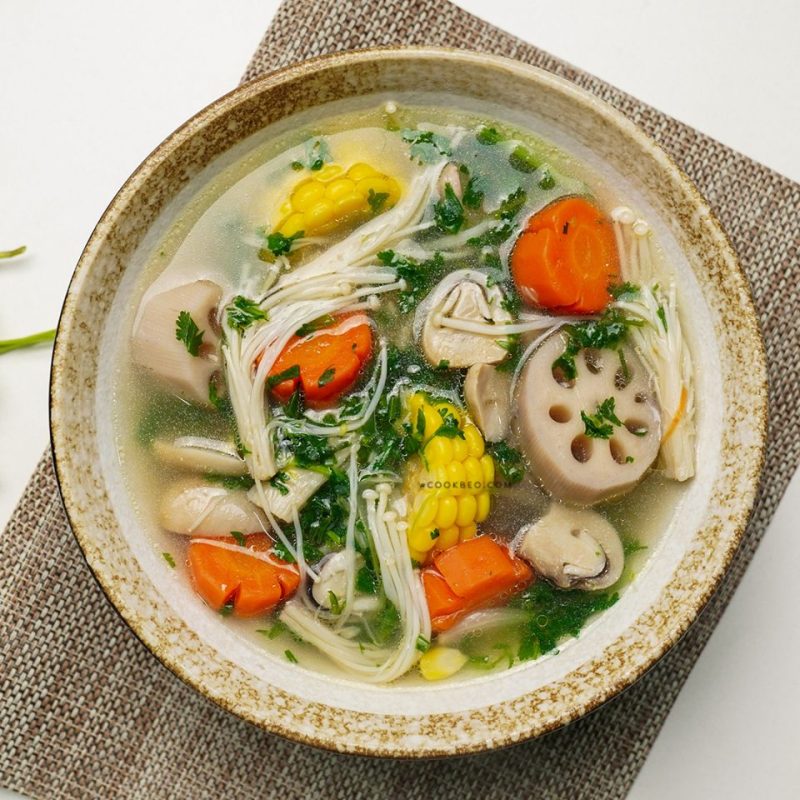No products in the cart.
[Nguyên Liệu Nấu Nukazuke (rau Củ Muối) Kiểu Nhật, Các Bước Nấu] Nukazuke, hay rau củ muối kiểu Nhật, là một món ăn truyền thống được yêu thích bởi hương vị độc đáo và lợi ích sức khỏe. Món ăn này được chế biến bằng cách ngâm rau củ trong nuka, một hỗn hợp lên […]

